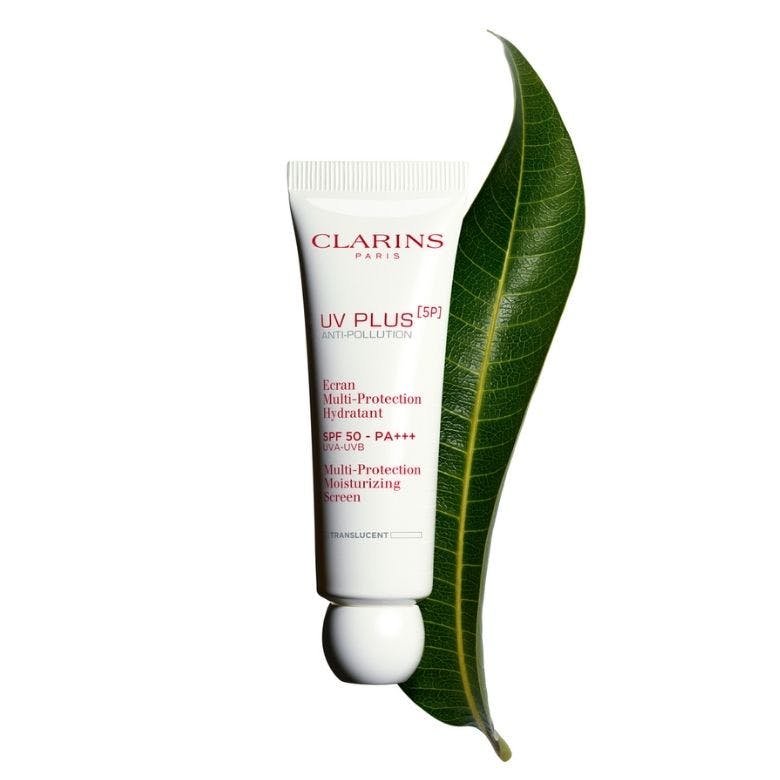The Men’s Guide To Wearing SPF
6 minutes read
Most of us know that the sun’s rays aren’t our friends – no matter how nice they feel against our skin. Yet so many men and women choose to skip sunscreen. And there’s simply no excuse. Want a golden tan? Try self-tanner (we’re partial to the Golden Glow Booster Drops, £23).
Experts say it also doesn’t always affect your body’s vitamin D levels. If you’re still concerned, there are multivitamins you can take!
But absolutely nothing is worth skipping your SPF for.
Research reveals that men are worse at sticking to a good SPF habit than women. In a 2017 Statista survey, 31% of men in the UK said they don’t wear sunscreen during the summer, even if they’re on a sunny holiday. In a 2021 survey, 37% of the male respondents reported that they never apply sunscreen when outside of their home. 31% said they use it some of the time and only 11% said that they always use it.
Many men view SPF as a “beauty product”, and while it will help preserve your beauty in the long run, there’s a lot more that it’s useful for.
Here’s everything you need to know about the rules of SPF for men.
Why men shouldn’t skip SPF
An SPF lotion protects your skin against the sun’s UV radiation. There are two main types of ultraviolet rays that can harm the skin: UVA and UVB. UVA rays are the ones that cause sun-induced skin ageing. This can include everything from wrinkles and dark spots to a leathery skin texture. UVB, on the other hand, is the one that creates sunburns. Both play a part in causing skin cancer.
“The damage that men’s skin can undergo from not wearing SPF is identical to the damage that women’s skin faces – it’s just that women tend to notice the signs sooner,” explains Charlotte McHale, Clarins Training Manager. “But just because you can’t see it doesn’t mean it isn’t there.”

Read: Can you reverse sun damage?
What SPF factor is best?
“SPF” is short for Sun Protection Factor, which is usually indicated by a number on the sunscreen labels. What do these numbers mean? They indicate the level of protection from UVB rays that the product offers.
The British Association of Dermatologists (BAD) explains: “SPFs are rated on a scale of 6-50+ based on the level of protection, with ratings between 6 to 14 forming the least protected end of the spectrum and ratings of 50+ offering the strongest forms of UVB protection.”
You want at least an SPF 30 (ideally 50), such as the Clarins Sun Care Gel-to-Oil SPF50, £26, to protect you daily. In addition, make sure to look for UVA protection on your sunscreen label. Sometimes, this is indicated with the term ‘broad spectrum’. According to the EU Recommendation, sunscreens that offer the right amount of UVA protection will have the letters ‘UVA’ printed in a circle on the packaging.
What’s the best SPF for men?
Best overall
UV PLUS [5P] Anti-Pollution Translucent, £34

A city screen that shields you from both the sun and pollution.
If you’re going on holiday
Sun Care Body Lotion-in-Spray UVA/UVB 50+, £26
High SPF, but in a spray bottle – ideal for covering hard-to-reach areas like the back when you’re vacationing in the sun.
If you have oily skin
Invisible Gel-to-Oil Facial Sun Care UVA/UVB 30, £24
Having oily skin is no excuse to ignore SPF. Choose this gel formula that won’t leave you looking greasy.
If you are particularly SPF-averse
Super Moisture Lotion SPF20, £32
If all else fails, club your sunscreen and moisturiser steps together. The SPF in this isn’t high enough to protect you on a sunny day spent outdoors, but it will help you on a regular day with minimal exposure.
As McHale puts it, “the best SPF is the one you put on your face. It doesn’t matter which one you choose, as long as you put it on.”
The rules of SPF application for men
Where and when to apply SPF
Here’s where you should apply it: All over the face, tops of the ears, neck, the back of the neck, the top of the head (if you have a shaved head or a bald spot) and all other exposed body areas. Make sure you apply an even layer all over.
You should be applying it daily: in sunny, cloudy, and even rainy climates, use a screen if you see a shadow.
What about if you’re barely exposed to the sun, you ask? Like, if you’re just driving to work and sitting in an office all day? We’ve all seen the picture of the truck driver, with 28 years’ worth of evident sun damage on the side of his face that was closer to the window. “The car is a greenhouse on wheels,” says McHale. “No matter where you’re going, if there’s a car journey involved, don’t skip SPF.”
There’s only one scenario where it’s acceptable to skin sunscreen: If you work from home, don’t plan to make any trips outside (even to the garden) and don’t sit by a window, feel free to give it a break.
SPF and facial hair: what you should know
Do you need SPF under your beard? The short answer is yes. If you have a stubble or a thin beard, your skin is completely vulnerable to sun damage. On the other hand, if your beard is dense, it will cover and protect your skin to some extent. But it’s not enough – the sun’s rays can still reach the skin underneath.
So, work that sunscreen into your beard too. If you have a dark beard, mineral (or physical) sunscreens can leave you with a white cast. These include ingredients like titanium dioxide and zinc oxide.
To avoid this, look for chemical sunscreens (they usually contain avobenzone and octisalate) or moisturisers that include SPF, as they’re more likely to disappear into the skin completely.
Should you reapply sunscreen?
“If you’re doing an activity that makes you super sweaty, causing you to wipe or wash your face often, then you definitely need to think about reapplying your SPF after a few hours,” advises McHale. “Similarly, if you’re on holiday and going to be in and out of the pool (or the sea), you need to reapply often.”
If applied correctly, one application should cover you on a non-sweaty day. But make sure you choose a broad-spectrum formula with a high sun protection factor. And use enough of it.
Less-is-more doesn’t apply here. The exact amount you must use depends on the formula you choose. But in general, if you’re using a lotion, the BAD recommends at least six full teaspoons (approximately 36 grams) to cover the body of an average adult. That should get you through the day unscathed.
Need a little advice to other skincare products you shouldn’t skip? Read our guides on Skincare for Men and How to Get Rid of Bags Under the Eyes for Men.
Sign up for our newsletter
We will keep you in the loop for special offers, exclusive gifts and product news.

